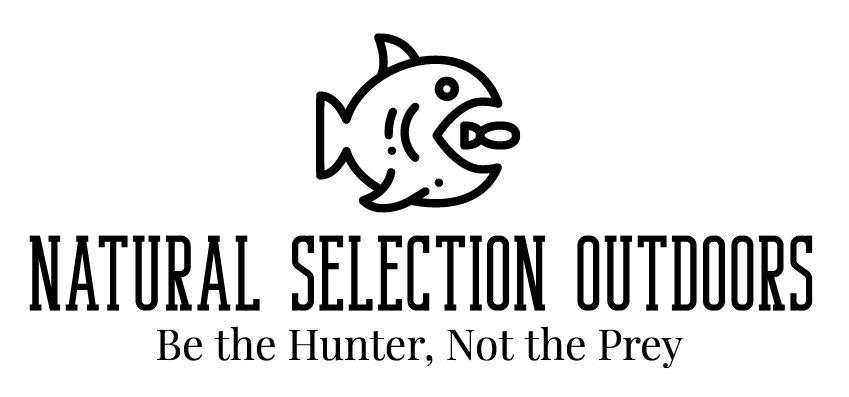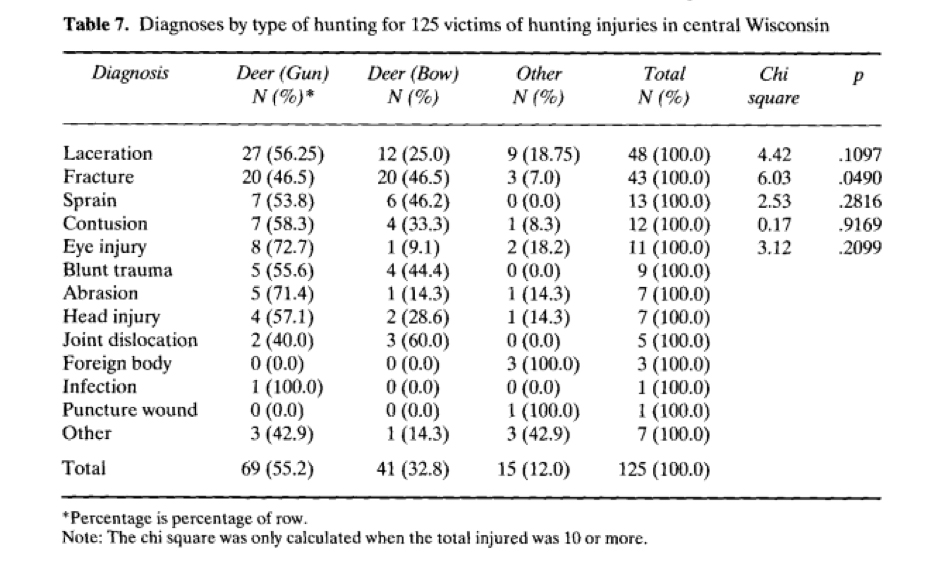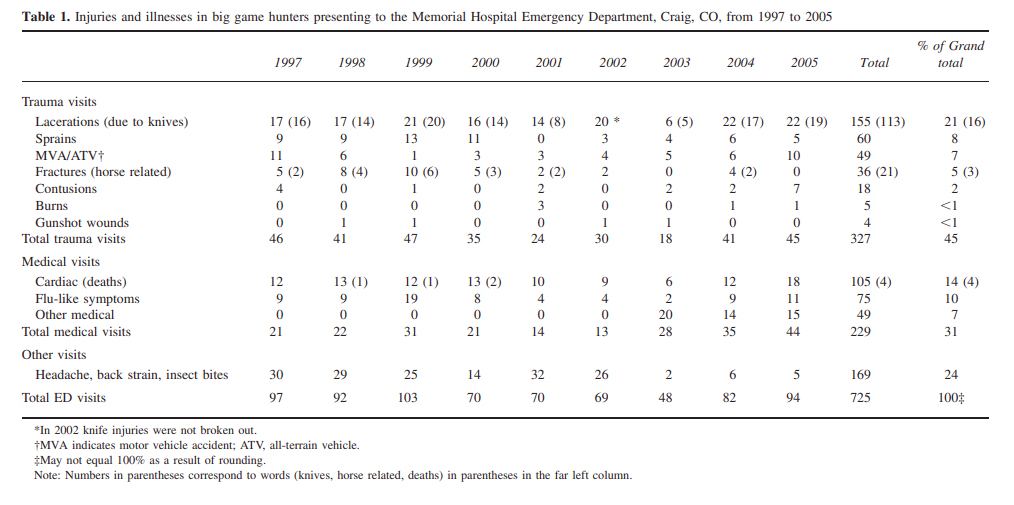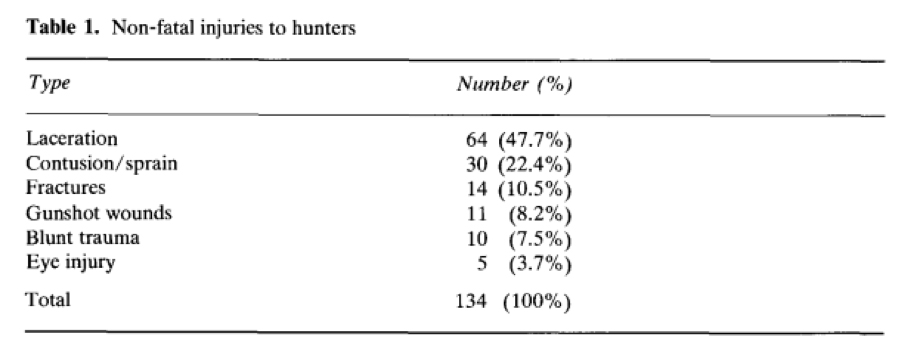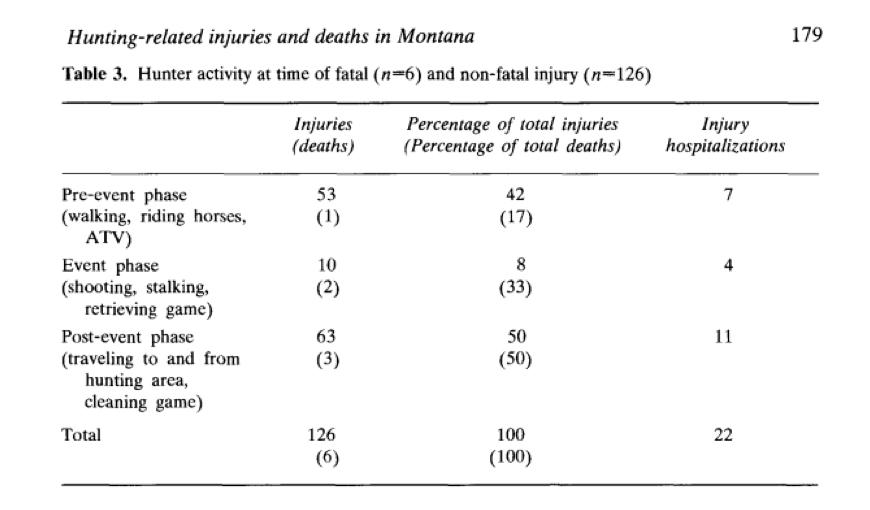hunting injuries
Outdoor Emergency Events
The medical community has published decades about traumatic car injuries, diagnosis, and best treatment regimens. The care of a surgical wound has been examined since the advent of medicine.
There are unique issues that arise in the remote wilderness areas that outdoorsman visit. Remote areas often present increased response times and transportation times. An ambulance in the city is not designed to go off road and forging rivers. There can be challenging terrain. Weather conditions can change. Multiple modes of transportation may be required for evacuation. All of these unique issues increasing response time, transport time, and, subsequently, delay in treatment.
The US National Park Service (NPS) manages hundreds of parks with millions of acres. Due to the challenges of the backcountry, the parkmedic program was developed to train ranges with advanced EMT training. Data from their encounters are helpful to quantify the injuries and risks of remote wilderness areas.
From 2007 to 2011, medical events comprised 29% of the responses. Traumatic events comprised 28% of the NPS responses. And first aid events comprised 43% responses. The medical events were further divided into medical cardiac and medical noncardiac. Traumatic events are self-defined. First aid events were application of ice packs or bandages and did not require transportation or further treatment.
During this time period of 2007 to 2011, there were an average 13.2 Traumatic events per million visitors to the parks. Now remember some, if not the majority, of visitors are staying in the front country, and likely have less events than back country remote travel. The range of Traumatic events was from a low 1.8 events per million visits to a high 30 events per million visits. In regards to First Aid events, there was an average 18.8 events per million visits.
Fatalities from Traumatic events outnumbered deaths from medical causes. Three fifths of all fatalities in the NPS were traumatic, and medical accounted for the remainder.
Data from the US National Park Service (NPS) was reviewed for 2012-2013 the need for transport out of the park. On the scene first aid was applied for 34% of the responses by NPS services. However, 66% responses required transportation. There was a clear difference in transport times depending on front country versus back country location.
Hunting in particular incorporates a tool that designed to kill or severely injure an animal. A gun, bow and arrow, and knife can all create fatal injuries. Hunters often are required to take courses in safety. As such, it is useful to evaluate the injuries associated with hunting, and determine if there is some regional differences.
Hunting in the Midwest may be different that Western hunting. The distances in the Midwest are typically rural while the Western states may be remote. A single hospital study was reported in Western Colorado over a 9 year period. A total of 725 emergency room visits by hunters were recorded during the time period from 1997 to 2005. Injuries accounted for 45% of the visits to the emergency room. Over half of these injuries were lacerations or cuts.
Montana is another popular hunting destination in the Western states. A statewide prospective study was performed for a 5-month period from September 1990 to January 1991. Six hunters died during that hunting season, four from gunshots and two from cardiac events. The majority of visits to the emergency rooms in Montana were for non-fatal injuries. The incidence of non-fatal injuries was 61 per 100,000. One in five patients that presented to the Montana emergency rooms that hunting season required hospitalization.
The distance from the location of injury to the nearest emergency room was 44 miles.
The average time to reach the emergency room from the field was 70 minutes.
This highlights the necessity to be able to temporarily treat the injury in the field.
Another very interesting result from this study was the activity at the time of injury. Activities were divided into pre-event, the hunting event, and post-event. The vast majority of injuries occurred before and after the actual hunt.
